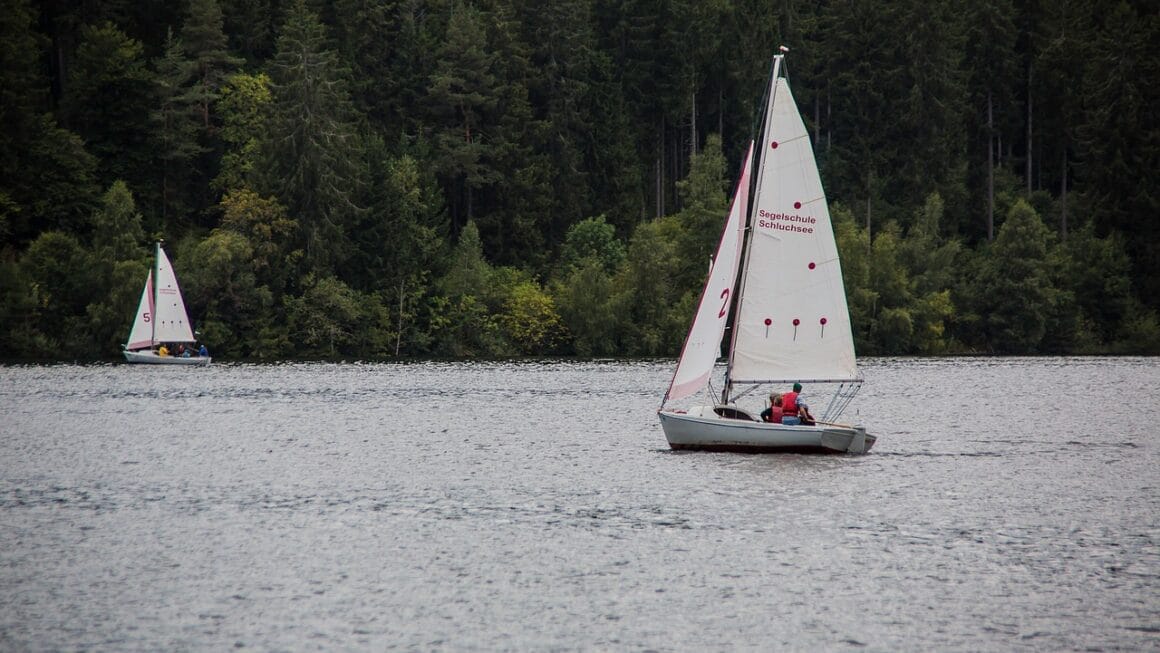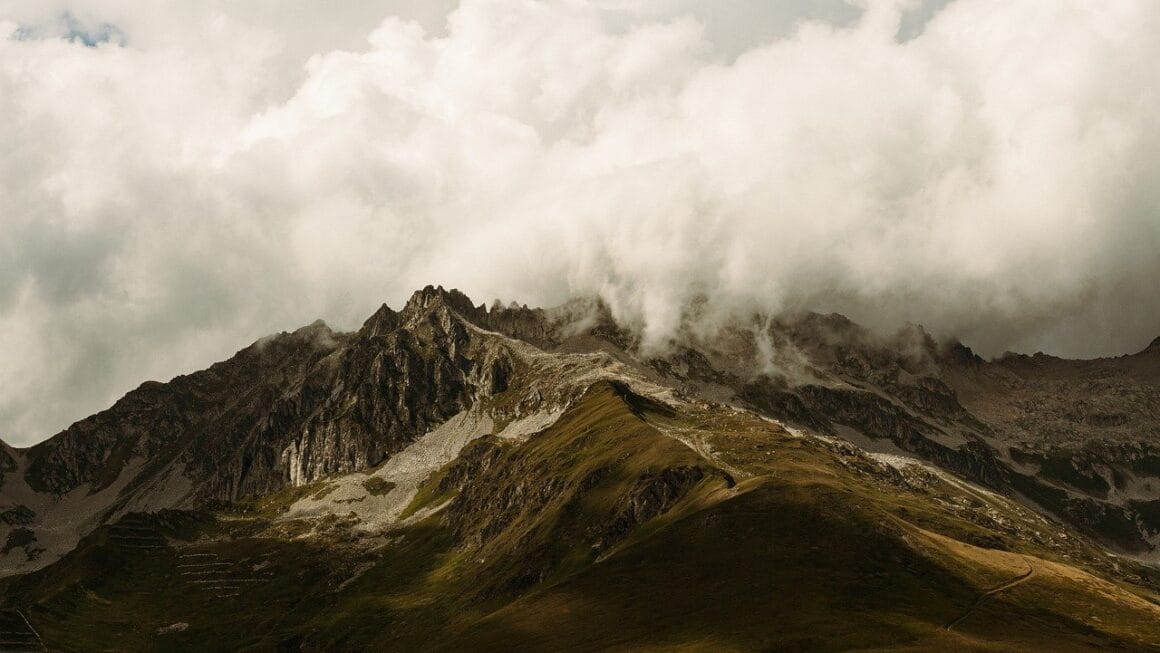Kayaking offers a unique blend of adventure, fitness, and serenity, making it an incredibly popular watersport enjoyed by millions around the world. Whether you’re paddling along a calm lake, navigating a winding river, or exploring coastal waters, kayaking provides an intimate connection with nature and a fantastic workout. This comprehensive guide covers everything you need to know to get started and safely enjoy the wonderful world of kayaking.
Why Choose Kayaking?
The Myriad Benefits of Paddling
Kayaking isn’t just a fun pastime; it offers a host of physical and mental benefits:
- Full-Body Workout: Engaging your core, arms, back, and shoulders, kayaking provides a comprehensive workout. It’s estimated that an hour of moderate kayaking can burn between 300-400 calories, depending on your weight and intensity.
- Stress Reduction: The rhythmic motion of paddling and the tranquility of being on the water can significantly reduce stress and promote relaxation. Studies have shown that spending time in nature lowers cortisol levels, a key indicator of stress.
- Improved Cardiovascular Health: Kayaking gets your heart pumping and improves blood circulation, contributing to better cardiovascular health.
- Exploration and Adventure: Kayaking opens up opportunities to explore hidden coves, navigate scenic waterways, and access remote areas that are inaccessible by land.
- Low Impact Exercise: Gentle on the joints, making it a great option for people with arthritis or other joint issues.
Who Can Kayak?
Almost anyone can enjoy kayaking! With proper instruction and the right equipment, people of all ages and fitness levels can participate. Adaptive kayaking programs are also available for individuals with disabilities, making kayaking accessible to even more people. Remember to consult with a doctor before starting any new exercise program, especially if you have underlying health conditions.
Types of Kayaks
Sit-on-Top vs. Sit-Inside Kayaks
Choosing the right type of kayak is crucial for your comfort and enjoyment. The two main types are sit-on-top and sit-inside kayaks:
- Sit-on-Top Kayaks: Ideal for warm weather and recreational paddling. They are easy to get in and out of, making them a great choice for beginners and those who enjoy swimming. They are also self-bailing, meaning any water that enters the kayak will drain out automatically. Example: Ocean Kayak Malibu Two XL – perfect for families!
- Sit-Inside Kayaks: Offer more protection from the elements, making them suitable for colder weather and longer trips. They typically have a lower center of gravity, providing better stability and tracking (the ability to paddle in a straight line). Example: Perception Carolina 12 – a versatile option for various skill levels.
Kayak Materials and Construction
Kayaks are made from various materials, each with its own advantages and disadvantages:
- Polyethylene (Plastic): Durable, affordable, and relatively easy to repair. A great option for beginners.
- Fiberglass: Lighter and stiffer than polyethylene, offering better performance and efficiency. However, they are more expensive and require more care.
- Carbon Fiber: The lightest and stiffest option, providing the highest level of performance. They are also the most expensive and fragile.
- Inflatable Kayaks: Highly portable and easy to store. Modern inflatable kayaks are surprisingly durable and can perform well in various conditions. Look for models with drop-stitch construction for increased rigidity.
Essential Kayaking Gear
Safety First: Personal Flotation Devices (PFDs)
A properly fitted PFD, also known as a life jacket, is the most important piece of safety equipment. Always wear it, no exceptions! Ensure it is Coast Guard-approved and fits snugly but comfortably. Example: NRS Chinook PFD – popular and comfortable option.
Paddles and Accessories
Choosing the right paddle can significantly impact your kayaking experience. Consider the following:
- Paddle Length: The correct paddle length depends on your height and the width of your kayak. A general guideline is to stand with your arm raised above your head, and the tip of the paddle should reach your wrist.
- Paddle Material: Aluminum paddles are durable and affordable, while carbon fiber paddles are lighter and more efficient.
- Accessories:
Spray Skirt (for sit-inside kayaks): Prevents water from entering the cockpit.
Bilge Pump: Removes water from the kayak.
Paddle Float: Helps with self-rescue if you capsize.
Dry Bags: Protect your belongings from water.
Clothing and Footwear
Dress appropriately for the weather and water conditions. Avoid cotton, which can make you cold when wet.
- Synthetic Fabrics: Wear moisture-wicking clothing, such as polyester or nylon.
- Wetsuit or Drysuit: For colder water conditions.
- Water Shoes or Sandals: Protect your feet and provide traction.
- Hat and Sunglasses: Protect yourself from the sun.
Basic Kayaking Techniques
Getting In and Out
- Shore Launch: Position the kayak parallel to the shore. Straddle the kayak and carefully lower yourself into the seat. Use your paddle for support.
- Dock Launch: Place the kayak parallel to the dock. Sit on the edge of the dock and carefully swing your legs into the kayak. Use your paddle for balance.
- Exiting: Reverse the entry process.
Paddling Strokes
Mastering basic paddling strokes is essential for efficient and enjoyable kayaking:
- Forward Stroke: The most basic stroke, used to propel the kayak forward. Plant the paddle blade fully in the water near your toes and pull it back towards your hip.
- Reverse Stroke: Used to stop or paddle backward. Plant the paddle blade near your hip and push it forward towards your toes.
- Sweep Stroke: Used to turn the kayak. Plant the paddle blade wide of the kayak and sweep it in an arc towards the stern (back of the kayak).
Safety on the Water
- Check the Weather: Before heading out, check the weather forecast and be aware of potential hazards, such as wind, waves, and currents.
- Paddle with a Buddy: Kayaking with a friend is always safer than kayaking alone.
- Tell Someone Your Plans: Let someone know where you are going and when you expect to return.
- Know Your Limits: Don’t paddle beyond your skill level or venture into unfamiliar waters.
- Be Aware of Your Surroundings: Watch out for boats, obstacles, and wildlife.
Finding the Perfect Kayaking Location
Lakes, Rivers, and Coastal Waters
Kayaking can be enjoyed in a variety of locations:
- Lakes: Ideal for beginners, offering calm waters and scenic views. Example: Lake Tahoe, California/Nevada.
- Rivers: Provide a more challenging and adventurous experience, but require more skill and experience. Example: Colorado River, USA.
- Coastal Waters: Offer opportunities to explore coastlines, islands, and marine wildlife. Example: Kenai Fjords National Park, Alaska.
Guided Tours and Rentals
If you’re new to kayaking, consider taking a guided tour or renting a kayak from a reputable outfitter. They can provide instruction, equipment, and valuable local knowledge. Many outfitters offer introductory courses and guided trips for beginners.
Conclusion
Kayaking is a rewarding and accessible activity that offers a unique way to connect with nature and improve your physical and mental well-being. By understanding the different types of kayaks, essential gear, basic techniques, and safety precautions, you can confidently embark on your kayaking adventures. Whether you’re a beginner or an experienced paddler, there’s always something new to discover on the water. So grab your paddle, PFD, and get ready to explore the wonderful world of kayaking!




